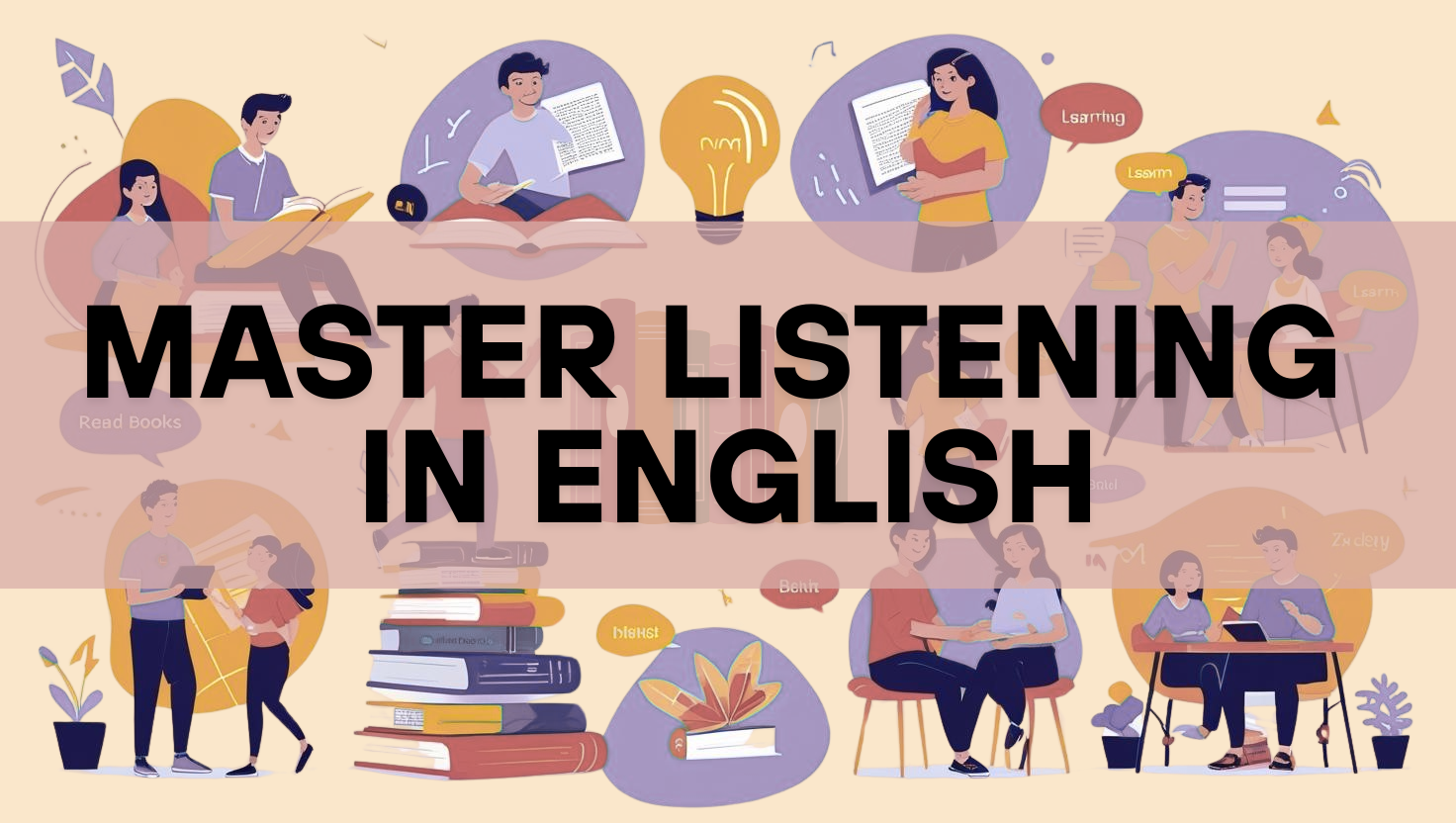“Why can I read English but not understand what people are saying?”
If that sounds like you, trust me—you’re not alone. Almost every learner struggles with listening at some point. People speak fast, connect words, use slang, and it feels like the words just disappear into thin air.
But here’s the truth—listening is a skill, and like any skill, you can train it. You don’t need special talent. You just need the right methods, a little patience, and consistency.
In this post, I’ll show you 7 simple and effective ways to improve your English listening skills—methods that actually work in real life. Plus, I’ve created a free Listening Practice Tracker to help you stay on track. Grab it at the end of this post.
Ready? Let’s get into it.
1. Slow It Down—Use Slow English Resources
When you start, it’s totally okay to listen to slower English. You’re not cheating—you’re building a foundation. Use podcasts, YouTube channels, and audiobooks made for learners. They speak clearly and at a pace where you can catch each word.
Tip: Look for YouTube channels like “Speak English With Mr. Duncan” or apps like “Elllo” and “BBC Learning English.” These are designed for learners like you.
2. Watch with Subtitles… Then Without
Start by watching videos, movies, or shows with English subtitles. This helps your brain connect the sounds to the words. Watch once with subtitles, then try again without them. Each time, you’ll notice more.
Bonus idea: Watch with subtitles in English, not your native language. It’s much more effective for learning.
3. Shadowing: Repeat What You Hear
This is one of my favorite techniques. Here’s how it works:
Listen to a short sentence, pause, and repeat it immediately—try to match the speed, tone, and pronunciation. This trains your ear and mouth at the same time.
It feels awkward at first, but wow, does it work. You’ll start noticing sounds, stress, and rhythm like never before.
4. Listen to the Same Thing Many Times
Repetition is magic for listening. Pick a short video, podcast, or clip and listen to it multiple times—first to get the general meaning, then to catch individual words or phrases.
Every time you listen, you’ll hear something new you missed before. That’s your brain learning in real time.
5. Mix Easy and Challenging Content
Only watching kid’s shows? You’ll get bored. Only watching fast news? You’ll get frustrated. The trick is to mix both.
Spend time with content that feels easy (for confidence) and some that feels just a little hard (for growth). This balance keeps you motivated while pushing your skills forward.
6. Listen Every Single Day (Even in the Background)
You don’t have to sit and study for hours. Just surround yourself with English. Play podcasts while cooking, listen to music on the bus, or have a YouTube video in the background while cleaning.
Even when you’re not focused, your brain is noticing sounds, patterns, and words. This passive learning adds up fast.
7. Use Real English, Not Just Textbooks
Textbooks are great for grammar, but they don’t prepare you for how English really sounds. Real-life English is full of slang, contractions, and connected speech.
Listen to podcasts, YouTubers, TV shows, and conversations between native speakers. Even if you don’t understand everything, your brain is getting used to the natural rhythm and flow of English.

Free Download: Listening Practice Tracker
To help you stay consistent, I’ve made a printable Listening Practice Tracker. Check off each day you listen, set small goals (like “20 minutes of listening today”), and watch your progress grow week by week.

